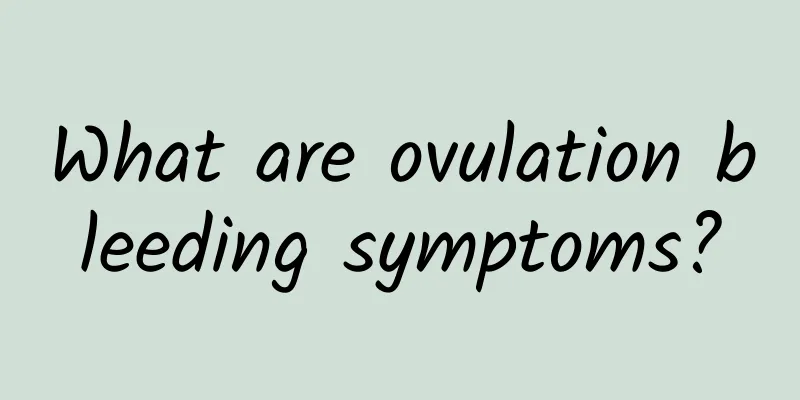How does Traditional Chinese Medicine understand ovarian cysts?

|
TCM has a long history of understanding ovarian cysts. As early as in the TCM classic "Lingshu·The Origin of All Diseases", there were records about this disease. It belongs to the category of "syndrome" and "intestinal fungus" in TCM. According to the cause, it can be divided into four types: qi stagnation and blood stasis, phlegm and dampness stasis, damp-heat stagnation, and kidney deficiency and blood stasis. This disease is more common in women of childbearing age. It is related to the lack of health care awareness during menstruation, pregnancy and childbirth, and the lack of good habits of cherishing and protecting the body, which can easily lead to dampness and turbidity to take advantage of the opportunity and affect blood circulation. The treatment of ovarian cysts is often based on Danggui Shaoyao San from the Golden Chamber Synopsis: Miscellaneous Diseases in Women. The Danggui, White Peony Root, and Chuanxiong in the formula promote blood circulation, while Atractylodes Macrocephala, Poria, and Alisma Orientale promote diuresis. They complement each other and can effectively reverse the pathological state in which blood becomes water when blood is not in good condition and blood becomes in bad condition when water is not in good condition. In clinical application, the dosage can be adjusted at any time according to the patient's symptoms. For patients with ovarian cysts with enlarged tongue and heavy dampness, add Dianthus superbus, Plantago, and Verbena to promote diuresis and dispel dampness; for patients with dull tongue, discomfort in cold weather, and obvious cold and dampness symptoms, add Wuyao, Evodia rutaecarpa, and Fennel to warm the yang and dispel cold; for patients with yellow and greasy tongue coating, constipation, yellow urine, and obvious dampness and heat, add Phellodendron, Gardenia, and Coix seeds to clear heat and promote dampness; for patients with obvious flank pain and abdominal distension, add Bupleurum, Cyperus, Luffa, Dalbergia odorifera, and Rhizoma Smilacis Glabrae to soothe the liver, regulate qi, and dredge collaterals; for patients with obvious blood stasis, add Trillium, Curcuma, Semen Persicae, Safflower, and Hirudo to promote blood circulation and dissipate blood stasis; for patients with obvious pain, add Corydalis and Toosendan to promote blood circulation and relieve pain. |
>>: Does ovarian cyst affect fertility?
Recommend
Experts tell about the causes of cervical hypertrophy
Cervical hypertrophy is a common type of chronic ...
Can I take Huahong tablets capsules after abortion?
Abortion is a surgical measure to terminate pregn...
Dos and Don'ts after Medical Abortion
After medical abortion, pay attention to cleanlin...
A brief discussion on the clinical manifestations of acute cervicitis
Cervicitis is a very common gynecological disease...
Can I walk after a painless abortion?
Although you can walk after a painless abortion, ...
Don’t just choose painkillers to treat dysmenorrhea
Many female friends suffer from dysmenorrhea duri...
British woman saves 10 years by taking ephedrine
Having a good figure is what every woman dreams o...
What are the early symptoms of hydatidiform mole?
Early symptoms of hydatidiform mole are usually v...
Experts talk about the treatment of acute pelvic inflammatory disease
Pelvic inflammatory disease is a common gynecolog...
Experts briefly analyze common precautions for cervical hypertrophy
It is very necessary for patients to understand t...
People with hunchbacks should not eat spicy food! Adjust your diet to change 3 abnormal body shapes
You can tell what's wrong with a person by lo...
Why do ovarian cysts occur?
Generally speaking, there are many causes of ovar...
What are the treatments for pelvic effusion?
Treatment of pelvic effusion with folk remedies W...
The health of the elderly cannot wait ~ New food trends for elderly nutrition, 9 dietary tips
"An old person in the family is like a treas...
What tests are needed for fallopian tube tuberculosis
The diagnosis of fallopian tube tuberculosis requ...









